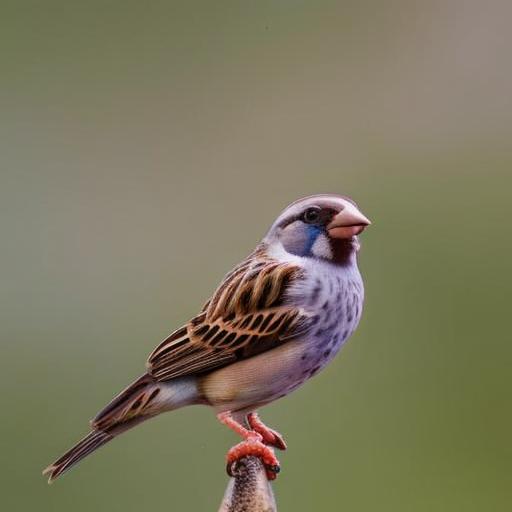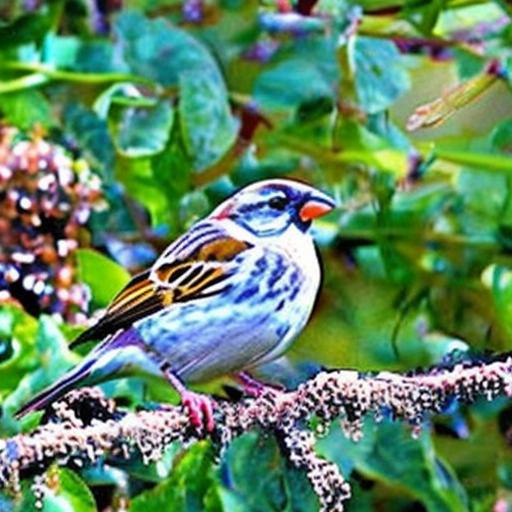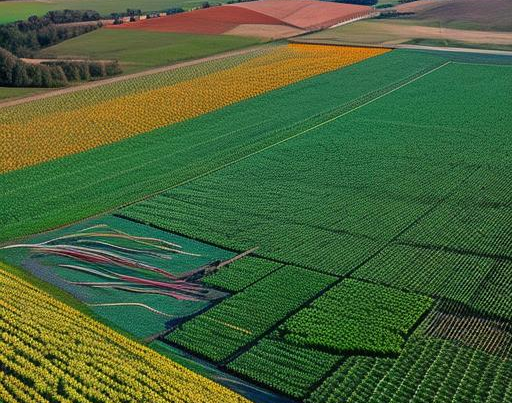In the early 1950s, China embarked on a seemingly harmless mission to eliminate sparrows in an effort to boost agricultural productivity. Little did they know that this decision would set off a chain reaction of events that would ultimately lead to a dramatic backlash from nature. The War on Sparrows and Nature’s Backlash tells the tale of a well-intentioned campaign gone awry, and the unexpected consequences that followed. Join us as we delve into the complexities of this ecological saga and uncover the lessons that can be learned from this cautionary tale.
Table of Contents
- Understanding the Impact of Sparrow Population Decline
- The Role of Humans in the War Against Sparrows
- Nature’s Response: Adapting to Changes in Sparrow Population
- Recommendations for Coexisting with Sparrows and Preserving Biodiversity
- Insights and Conclusions

Understanding the Impact of Sparrow Population Decline
The decline in sparrow populations has far-reaching implications for ecosystems and biodiversity. These small birds play a crucial role in controlling insect populations, pollinating flowers, and dispersing seeds. As their numbers dwindle, we may see a ripple effect throughout the natural world, impacting not only other bird species but also plants and insects that rely on sparrows for survival.
It is important for us to understand the reasons behind the decline in sparrow populations, whether it be habitat loss, pollution, or climate change, in order to take meaningful action to conserve these birds. By supporting conservation efforts, creating safe habitats for sparrows, and reducing our impact on the environment, we can work towards restoring balance to our ecosystems and preventing further decline in sparrow populations.

The Role of Humans in the War Against Sparrows
The War on Sparrows and Nature’s Backlash
As humans continue to expand and develop urban areas, the natural habitats of birds such as sparrows are being destroyed at an alarming rate. In an effort to control sparrow populations, humans have resorted to extreme measures such as using pesticides and building structures that deter the birds from nesting. However, these actions have had unintended consequences on the delicate balance of nature.
- Lost biodiversity in urban areas
- Disruption of ecosystems
- Decreased insect control
- Loss of bird song and beauty in our neighborhoods
It is crucial for us to rethink our approach to dealing with sparrow populations and consider more sustainable and environmentally-friendly solutions. By working with nature instead of against it, we can create a harmonious relationship that benefits both humans and wildlife.

Nature’s Response: Adapting to Changes in Sparrow Population
As human activity continues to encroach on natural habitats, the sparrow population is facing unprecedented challenges. These small, resilient birds are finding ways to adapt to the changes in their environment, showcasing nature’s incredible ability to respond to adversity. One of the ways sparrows are coping with the diminishing green spaces is by nesting in urban areas, taking advantage of the nooks and crannies of buildings for shelter.
Furthermore, sparrows are adjusting their diet to include more human-provided food sources, such as crumbs from outdoor cafes and bird feeders in parks. This shift in behavior demonstrates the incredible flexibility of these birds in the face of changing circumstances. Nature is constantly evolving and finding innovative solutions to survive and thrive in a rapidly changing world, and the sparrow population is a testament to the resilience of wildlife in the face of human-induced challenges.

Recommendations for Coexisting with Sparrows and Preserving Biodiversity
Sparrows are a common sight in urban environments, often seen as a nuisance by many. However, these small birds play a crucial role in preserving biodiversity and maintaining ecological balance. To coexist peacefully with sparrows and ensure the preservation of nature, here are some recommendations to follow:
- Provide nesting sites: Install birdhouses or nesting boxes in your backyard to offer sparrows a safe place to build their nests.
- Avoid chemical pesticides: Use natural pest control methods instead of chemical pesticides to protect sparrows and other wildlife from harmful toxins.
- Plant native plants: Create a bird-friendly environment by planting native trees and shrubs that provide food and shelter for sparrows.
Insights and Conclusions
As we continue to grapple with the consequences of our actions in waging war on sparrows, it is important to recognize the interconnectedness of all living beings in our natural world. The backlash we are experiencing serves as a somber reminder of the delicate balance that exists in nature and the repercussions of disrupting that balance. Moving forward, let us strive to coexist harmoniously with all creatures, big and small, for the benefit of our planet and future generations. Only through understanding and respect can we hope to restore the peace and beauty of our natural world.






